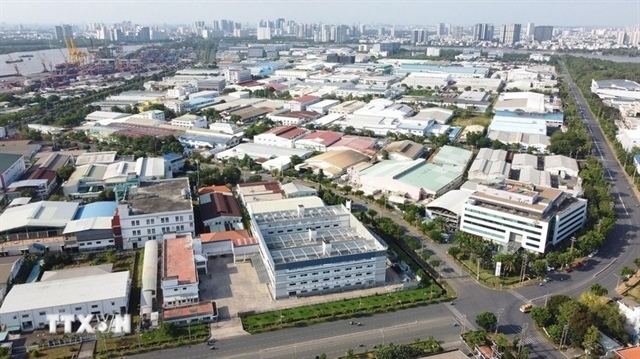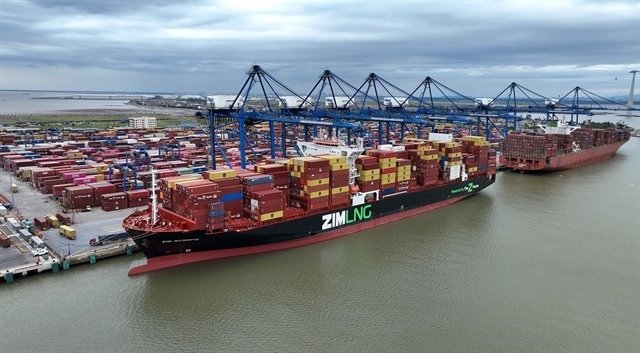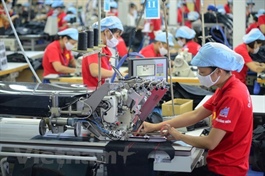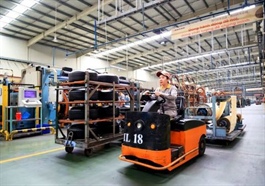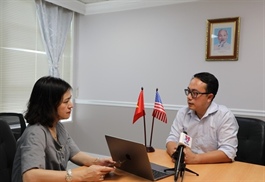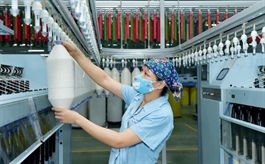High upfront costs remain a barrier for cooperatives to the circular economy
High upfront costs remain a barrier for cooperatives to the circular economy
Despite being instrumental in fostering sustainable practices in agriculture, the circular economy model (CEM) remains uncommon among cooperatives due to high upfront costs.

A farmer takes care of VietGAP-certified pickles in a cooperative in Bắc Giang Province. High upfront costs remain the major reason behind the infrequent use of CEM among cooperatives. — VNA/VNS Photo Danh Lam |
Cooperatives have long been aware of the financial benefits that a green approach could offer to them. A cooperative named 19/5 in Sơn La Province has saved nearly VNĐ500 million (US$21,100) in annual costs by recycling its agricultural waste.
The cooperative has toyed with the idea of embracing CEM to move one step further in its cost-saving strategy but has not taken the plunge owing to high initial outlays. CEM requires new waste-treatment facilities that are far beyond its means.
Đinh Thị Hằng, Chairwoman of the Hà Anh Cooperative, said an average waste-treatment facility required for a farm of 10,000 pigs normally entails an initial outlay of about VNĐ500 million, an amount that not many cooperatives could afford.
Some cooperatives have attempted to take favourable loans to finance their CEM efforts but got little results. The limited availability of such loans makes bank-financed CEM a challenge for these producers.
Ironically, a tremendous amount of agricultural waste gets 'wasted' every year owing to financial setbacks.
Of the 157 million tonnes of waste in the agriculture sector, merely 50 per cent of that in the forestry sub-sector gets recycled. The figures are higher in crop farming and livestock, being 52 per cent and 75 per cent respectively.
The chairwoman called for more preferential loans granted to cooperatives to help them go green without hindrances.
Hoàng Thị Hậu, Chairwomen of the Thanh Xuân Clean Organic Cooperative, said upfront costs are just one of the many obstacles in the way of cooperatives trying to embrace CEM. Another obstacle involves technological adaptability.
She said CEM remains elusive for her cooperative because it consists largely of older farmers who are resistant to change. She called for guidelines to help these technophobes understand the role of technology in CEM and budge their stance.
Some cooperative chairmen said the absence of a common norm applicable to the conversion of agricultural waste into animal feed had put them in a tight spot. Without a norm, they had to play by their own rules, resulting in substandard feed that is inadequate for export.
They called for the establishment of waste-reclaiming norms to get their feed up to global standards and cut their operational costs.



